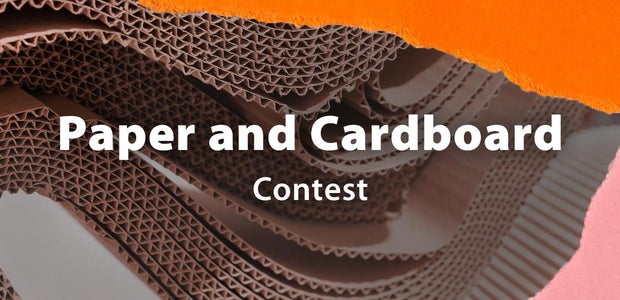Introduction: Homebrew High Voltage Capacitors on the Cheap
Have you ever wanted to build a high voltage project, yet were discouraged by the high prices of high voltage capacitors? Have you ever wanted the parts to build a Tesla coil cheaply? If so, then this instructable is for you. in this instructable, I will show you how to build high voltage capacitors out of common household objects. The video below will compliment this instructable.
Lets get started!
Step 1: Tools and Materials
For this project, you will only need a few household materials:
Tools:
- Sharp knife
- Scissors
- Multi-meter
Materials:
- Aluminum Foil
- Polypropylene Page Protectors
- Multi Stranded Wire
- Scotch Tape
Step 2: Preparing the Page Protectors
To prepare the page protectors, you will need to cut them so they will be able to fold open like a book. You can do this by using scissors to cut off the top of the page protector, and the white part with binder holes. After this, you should have a piece of clear plastic that can be folded open easily. You will need two page protectors for each capacitor.
Step 3: Cutting and Sizing the Foil
The next step is to cut the aluminium foil to size. to do this, you will first need to pull about 3 feet of it out of the box. Then, measure out a rectangle of foil that is roughly 1.5cm smaller than the page protector on all sides. After that, use a sharp knife to score the aluminium foil along the edges of the measured rectangle. Finally, gently pull on the foil to separate the foil on the scores that were made. You should have a piece of perfectly cut foil that is slightly smaller than the page protectors. You will need two foil rectangles for each capacitor.
Step 4: Inserting the Foil Into the Page Protectors
After the page protectors and foil are prepared, slide the foil rectangles into the prepared page protectors. Slide them all the way down to the bottom crease in the page protectors. You should now have a completely insulated piece of aluminum foil.
Step 5: Adding the Wiring
To add the wiring, you will need to take two wires, and strip and flay the edges. You will need to then set the two page protector-foil stacks on top of each other. Then, take the flayed wire, and tape it to the aluminium foil inside the page protector. Do this with both pieces of foil.
Step 6: Rolling the Capacitors
The final step is to roll the capacitors.
To do this, start at the end where the page protector is folded over, and start tightly rolling the capacitor. It should be about 3/4 inch in diameter when completely rolled. Then, tape the capacitor so that it will not unroll. After this, your capacitors should be ready to test!
Step 7: It Works!
The capacitors should work now! To test them, hook it up to a multi-meter with a capacitance function. It should read the capacitance. My capacitors had a capacitance of about 4-6nF each. The capacitance depends on how tightly you roll them. You can also test them by hooking them up to a high voltage source and seeing if they discharge a spark when the power source is turned off. Good luck this project and any other projects using high voltage capacitors!
Thanks for reading!

Participated in the
Epilog Contest 8













